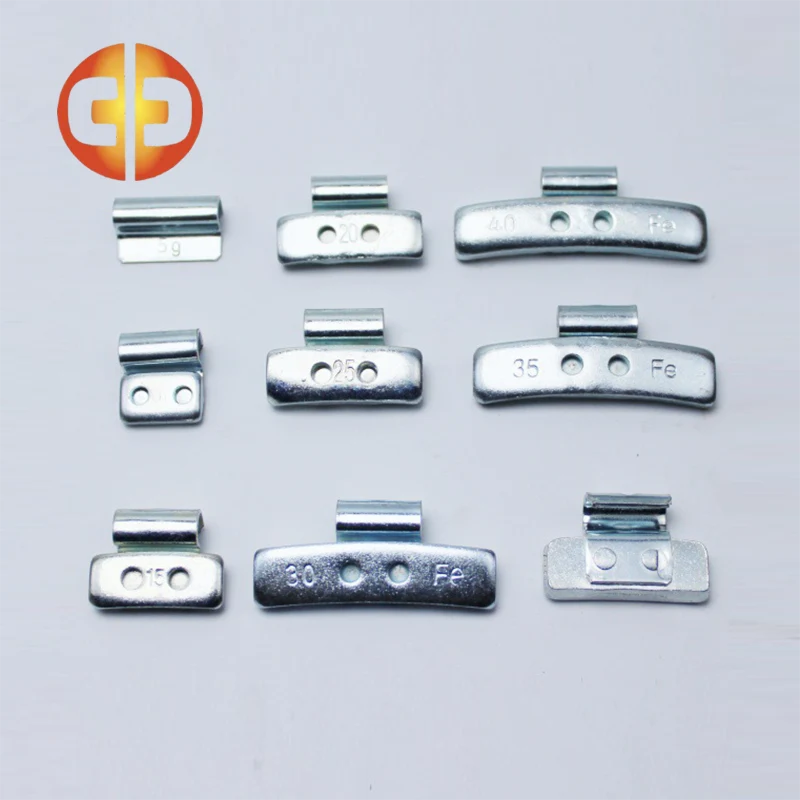Process Characteristics of Metal Stamping Parts
2024-11-09
Metal stamping is a crucial manufacturing process used to produce parts and components for various industries, from automotive and electronics to consumer goods and aerospace. This process involves shaping flat metal sheets into specific forms using dies and presses, creating everything from simple brackets to intricate parts with complex geometries. The process characteristics of metal stamping make it a preferred method for mass production, as it ensures precision, consistency, and cost efficiency. Here’s an in-depth look at the key process characteristics of metal stamping parts:
1. High Precision and Consistency
Metal stamping delivers high precision, creating parts with tight tolerances and uniformity. This precision is achieved by using custom dies tailored to specific part designs, allowing for the production of complex shapes with intricate details. Once the dies are set up, each stamped part is consistent in shape, size, and thickness, meeting stringent specifications without requiring additional adjustments. This makes metal stamping ideal for producing identical components in large quantities, ensuring reliable and uniform quality.
2. Cost-Efficiency for Mass Production
Stamping processes are highly cost-effective for high-volume production. Although there may be initial costs for die creation and setup, these expenses are offset by the ability to produce large quantities of parts rapidly, minimizing the per-part production cost. Automated stamping presses also allow for continuous production, reducing labor costs and overall lead time, making metal stamping an economical choice for large-scale manufacturing.
3. Material Versatility
Metal stamping can be used with a wide variety of metals, including:
- Steel (both carbon and stainless)
- Aluminum
- Copper and brass
- Titanium
This versatility allows manufacturers to choose materials based on the specific properties required, such as strength, corrosion resistance, and weight. Different metals may also respond uniquely to stamping processes, offering flexibility in achieving desired characteristics like conductivity or malleability.
4. Complexity and Flexibility in Design
Metal stamping is capable of producing parts with complex geometries, including holes, bends, and various shapes. Advanced stamping techniques like progressive die stamping allow for multiple operations—such as punching, bending, and coining—to be performed in a single process, simplifying production and enhancing efficiency. Manufacturers can also produce parts with secondary features, such as ribs and gussets, which reinforce the part’s strength without increasing weight.

5. High-Speed Production
Stamping presses operate at high speeds, especially in progressive die stamping, where parts move through several stations in one continuous motion. This high-speed production capacity enables rapid output, essential for meeting high-volume demands. Because each press cycle produces a finished or nearly finished part, metal stamping is faster than many other fabrication processes, contributing to shorter lead times.
6. Dimensional Accuracy and Surface Finish
Metal stamping provides excellent dimensional accuracy, which is essential for parts that must meet precise specifications. The process also ensures smooth surface finishes, as the die materials and press force are precisely controlled to minimize imperfections. In some cases, stamped parts may require minimal post-processing, which reduces production costs and expedites delivery times.
7. Low Waste and Material Efficiency
Metal stamping maximizes material utilization, minimizing waste and reducing overall material costs. Since the process uses sheet metal, manufacturers can arrange part layouts efficiently to optimize the number of parts produced per sheet. Advanced processes, such as progressive stamping, further reduce waste by performing multiple operations on a single piece of metal, extracting the most value from each material sheet.
8. Durability of Tooling and Dies
Stamping dies are built to withstand high pressures and repetitive use, making them durable for extended production runs. High-quality die materials, like tool steel, allow the die to produce thousands to millions of parts before replacement is necessary. This durability is a significant cost advantage for large production runs, as it reduces downtime and maintenance requirements associated with tooling.
9. Secondary Operations Integration
Metal stamping can often include integrated secondary operations, such as:
- Embossing: Adds texture or raised areas to parts, enhancing strength or visual appeal.
- Coining: Used to achieve high accuracy in small features.
- Bending and Forming: Shapes parts to meet unique design requirements.
By combining these operations in the stamping process, manufacturers streamline production and create parts that are ready for assembly or use without additional processing.
Conclusion
The process characteristics of metal stamping parts make it a versatile, efficient, and cost-effective choice for manufacturing metal components. With capabilities for high-speed production, precision, material flexibility, and durability, metal stamping meets the demanding needs of industries that require complex parts in high volumes. This efficiency in production, along with its ability to achieve tight tolerances and smooth finishes, positions metal stamping as an indispensable process in modern manufacturing.


